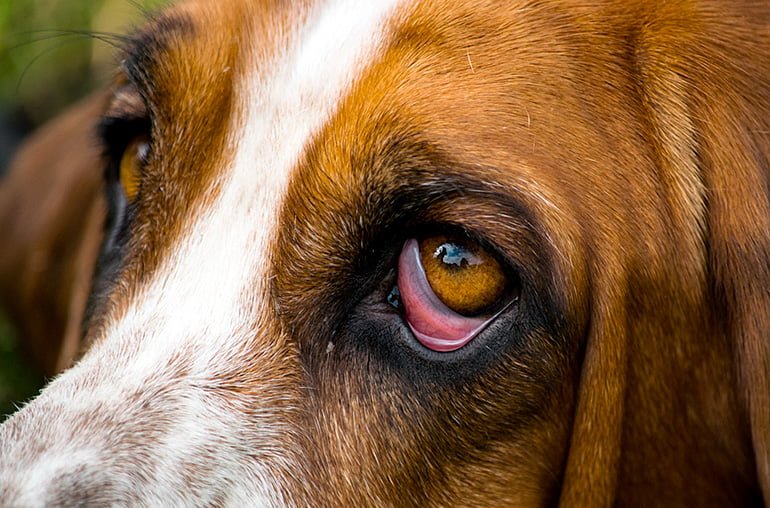

Most animals tolerate this nerve deficit well, but if the disorder is in the middle ear, surgery may be necessary for relieving the severity of the discomfort. You will also need to regularly check for corneal ulcers. The cornea on the affected side may need long term lubrication, and extra care may be needed if your dog is a breed with natural bulging of the eye. In addition, the other side of the face can become affected. But, you will need to be prepared for the possibility of the clinical signs remaining permanently, or returning. If fiber develops in the muscles, there is a natural tuck up that reduces asymmetry, and drooling usually stops within two to four weeks. Treatment will most likely be on an outpatient basis, but your veterinarian may need to hospitalize your dog for the testing procedures. There are also other tests that can be used to evaluate tear production, motor nerve conduction speed, and for the detection of brainstem disease. X-rays, computed tomography (CT) scans, or magnetic resonance imaging (MRI) may be used to detect the location of the problem. Even so, there are some disorders that might account for the symptoms, such as an anemia, excessive production of cholesterol, or low blood sugar.

Some of the causes that will be considered will be possible middle or inner ear disease if your dog is lethargic and has a poor hair coat, a test for hypothyroidism will be done if your dog is sleeping a lot and is displaying symptoms related to a brainstem disorder, a disease of the central nervous system will be considered.Ī complete blood profile will be conducted, including a chemical blood profile, a complete blood count, and a urinalysis, although these are typically normal in the case of facial paralysis. Unless your dog has had an ear disease, or other neurological deficits, the cause will be determined as unknown. Your veterinarian will first determine whether the paresis is one sided or both sided, and will then look for other neurological signs. You will need to give a thorough history of your dog's health, onset of symptoms, and possible incidents that might have preceded this condition. Neoplastic - primary brain tumor metastatic tumor.Inflammatory - infectious and noninfectious.Infectious - Lyme disease in humans not proven in dogs at this time.Pituitary neoplasm: abnormal tissue growth – of unknown cause.Metabolic - nerves affected by cancer in the body.Inflammatory and immune mediated - inflammation of nerve roots, including coonhound paralysis polyneuropathies (multiple nerves are involved) myasthenia gravis (muscle weakness).Iatrogenic (physician induced) - secondary to surgical flushing of the external ear canal.Trauma - fracture of a bone at the base of the skull injury to the facial nerve.Nasopharyngeal polyps: benign growths that can occur in the back of the throat, the middle ear and even perforate through the ear drum – rare in dogs.Inflammatory - otitis media-interna: inflammation of the inner ear.Occasional facial spasms may be observed.Chronic - patient may have deviation of the face toward the affected side.Decreased or absent menace response and eyelid reflex.Wide separation between the upper and lower eyelids.Inability to close eye rubbing discharge from eye.Food falling from the side of the mouth.Adult age Cocker Spaniels, Pembroke Welsh corgis, boxers, and English setters are most likely to experience this condition. Gender does not play a role, but breed appears to in some cases. Dry eye syndrome also accompanies the tear gland interference. The facial nerve is affected, and sometimes the ophthalmic system as well, interfering with the function of the tear glands. The cause of this disease is impairment of the facial nerve, or of the place where the nerves come together, and it affects the electrical impulses of the nerves involved. This condition is evidenced by paralysis or weakness of the muscles of the ears, eyelids, lips, and nostrils. Facial nerve paresis is a dysfunction of the seventh cranial nerve, the facial nerve.


 0 kommentar(er)
0 kommentar(er)
